-
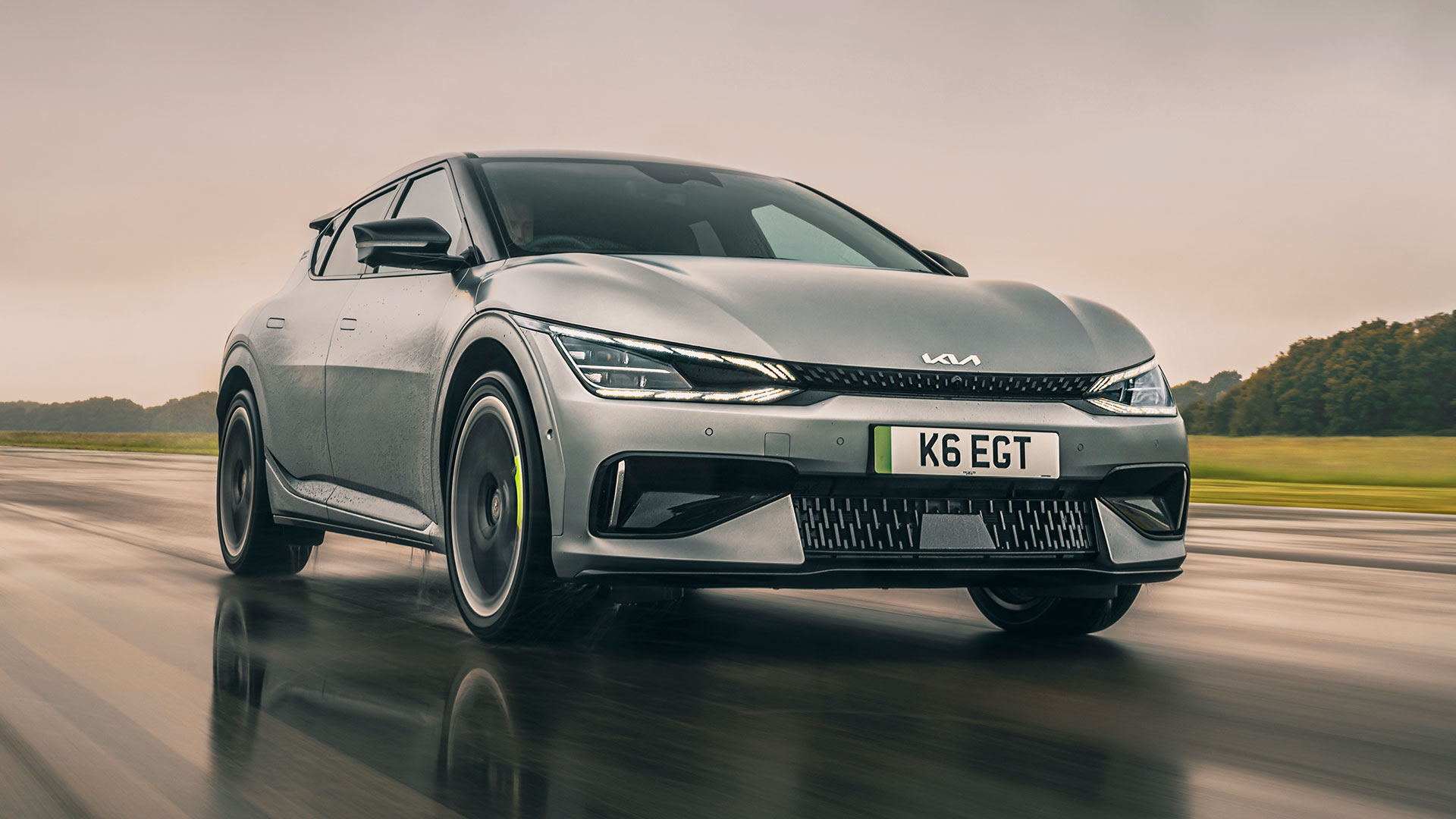
South Korea’s finest cars
© KiaSome of the best cars in the world are built in South Korea. The Hyundai Ioniq 6 is the current World Car of the Year, while the Kia EV6 was the European Car of the Year in 2022. In the past, you’d buy a Hyundai or Kia because they were cheap and backed by a long warranty. Today, you’d have one because they’re so good. To highlight this, here are some of our favourite new cars from South Korea, along with several golden oldies.
-
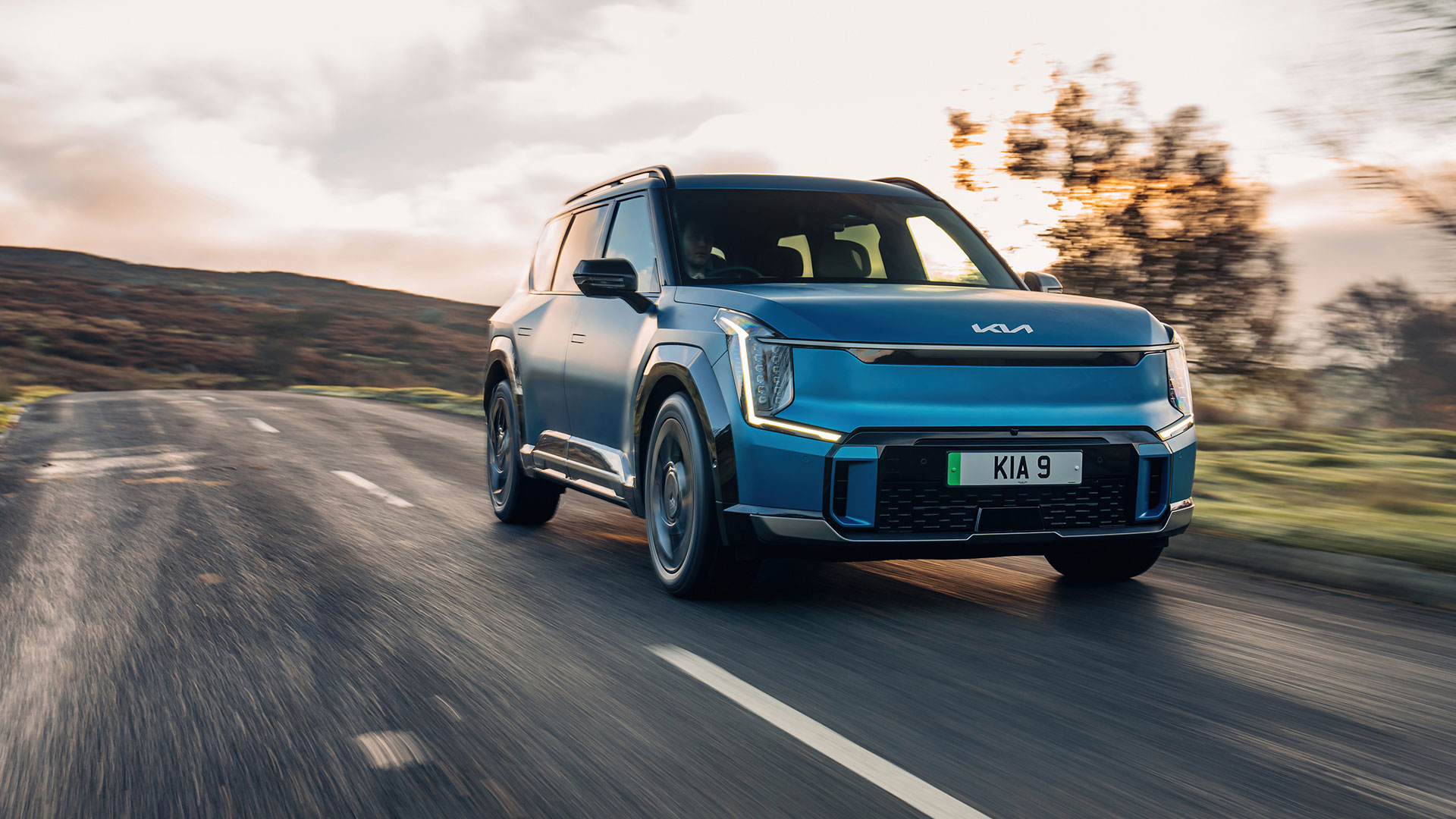
Kia EV9
© KiaIf you’re after proof that Kia has left its budget roots behind, prices of the EV9 start from around £65,000. A Kia Pride this isn’t, although we’re sure it would look good with a set of retro whitewall tyres. In fairness, this seven-seat electric car is large enough to rival a new Range Rover and plush enough to compete with the likes of Audi, Mercedes-Benz and Volvo. Choose the Long Range version and you can look forward to 349 miles of electric range.
-
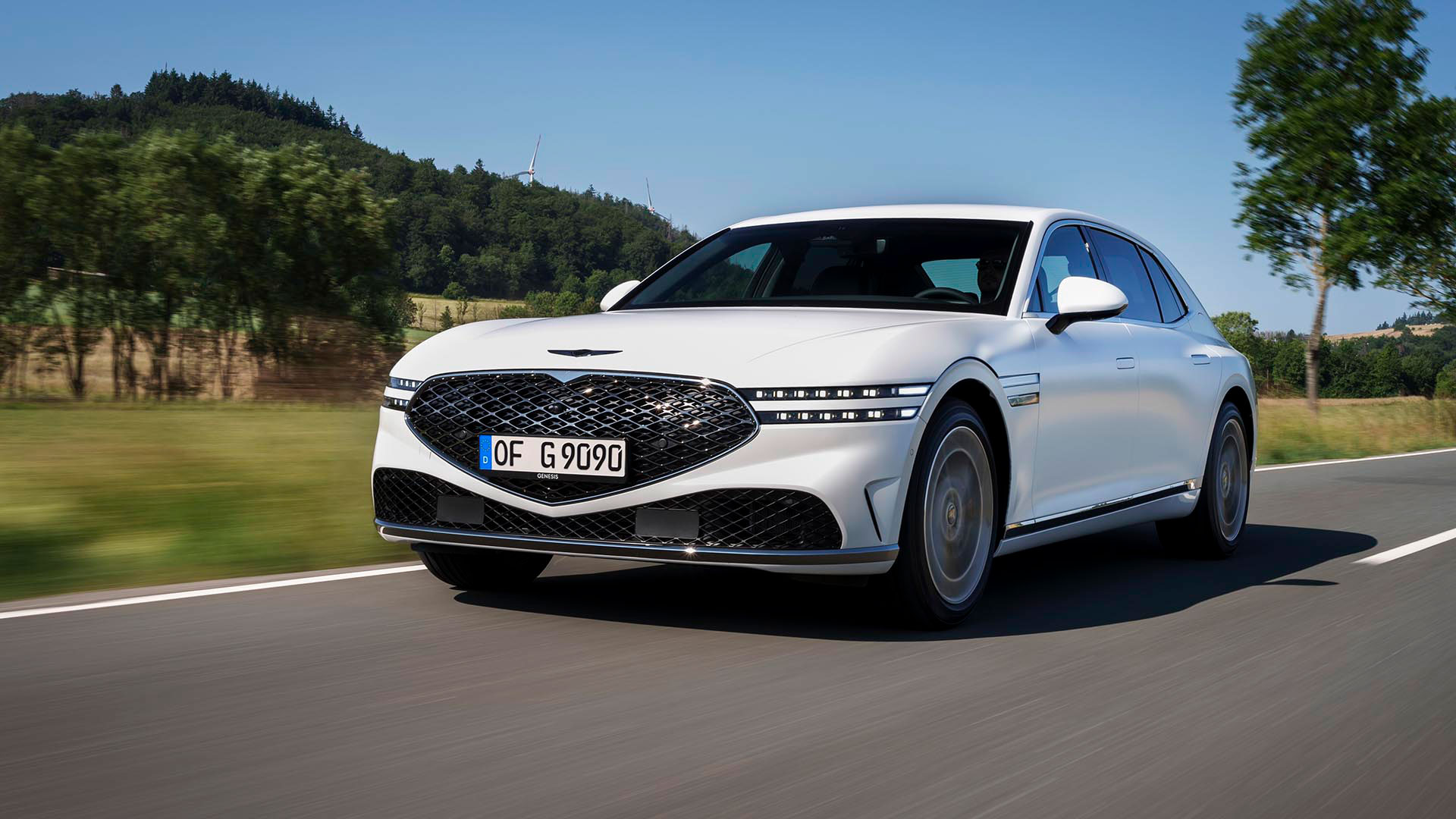
Genesis G90
© GenesisGenesis is the luxury arm of Hyundai; it is to the Korean company what Lexus is to Toyota. Its cars are highly appealing; you get the reassurance of Hyundai/Kia underpinnings with the kind of luxury you’d associate with a top-spec Audi or Mercedes-Benz. The Bentley-like styling is a bonus. The G90 is the current flagship, rivalling luxury saloons such as the Audi A8, BMW 7 Series and Mercedes-Benz S-Class. It’s big, bold and brilliant, but it’s not available in the UK. Shame.
-
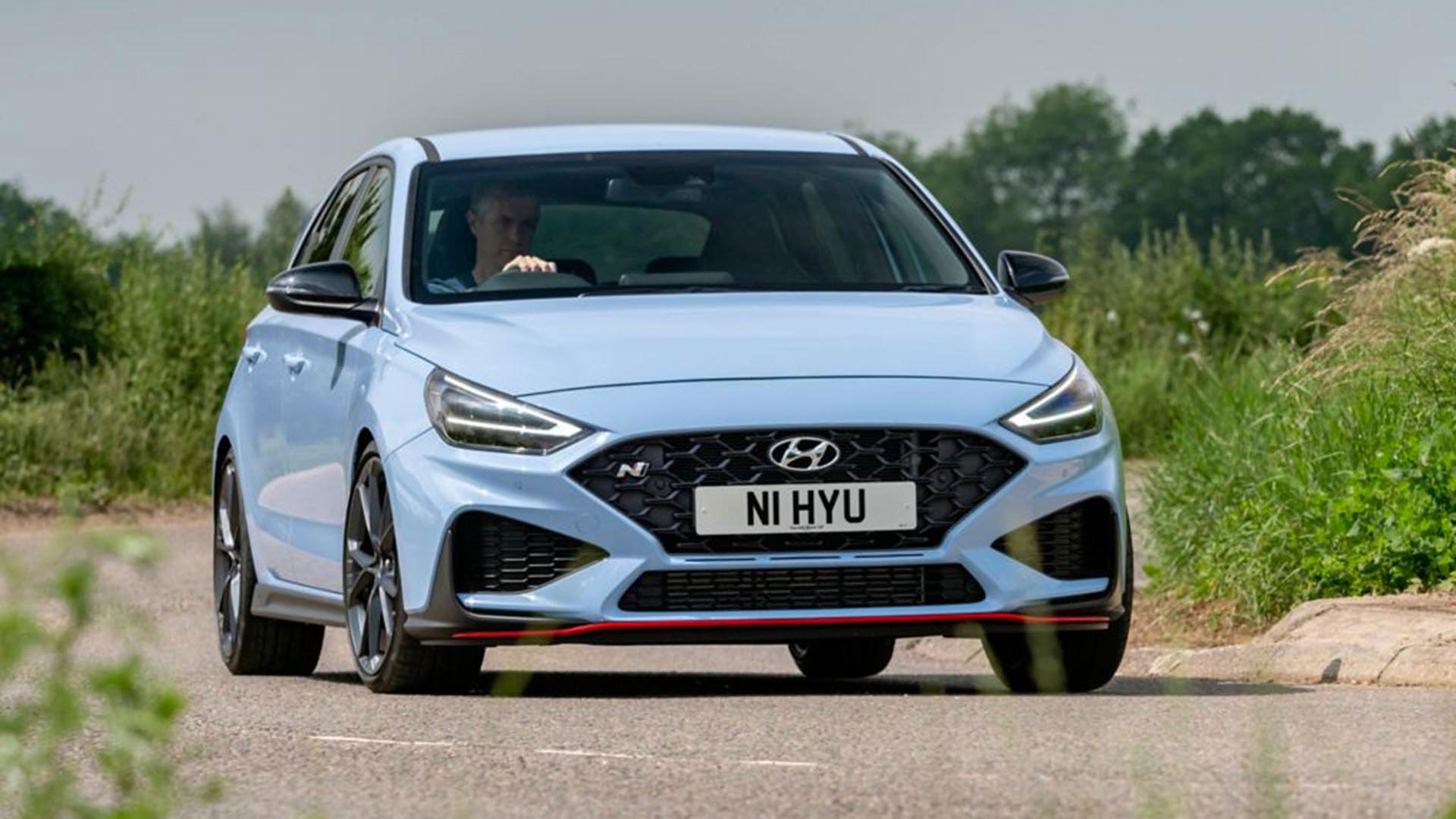
Hyundai i30 N
© HyundaiThe i30 N arrived in 2017 as Hyundai’s first performance car. N stands for Nürburgring, which is where Hyundai set up shop to develop its hot hatch, calling on former BMW M boss Albert Biermann to add some spice to the project. It worked, because the i30 N remains a genuine alternative to the Volkswagen Golf GTI, arguably even more so since the arrival of the disappointing Mk8 Golf. Highlights of the Hyundai include a 280hp 2.0-litre turbocharged engine and a so-called ‘Grin Shift’ mode. Yes, really.
-
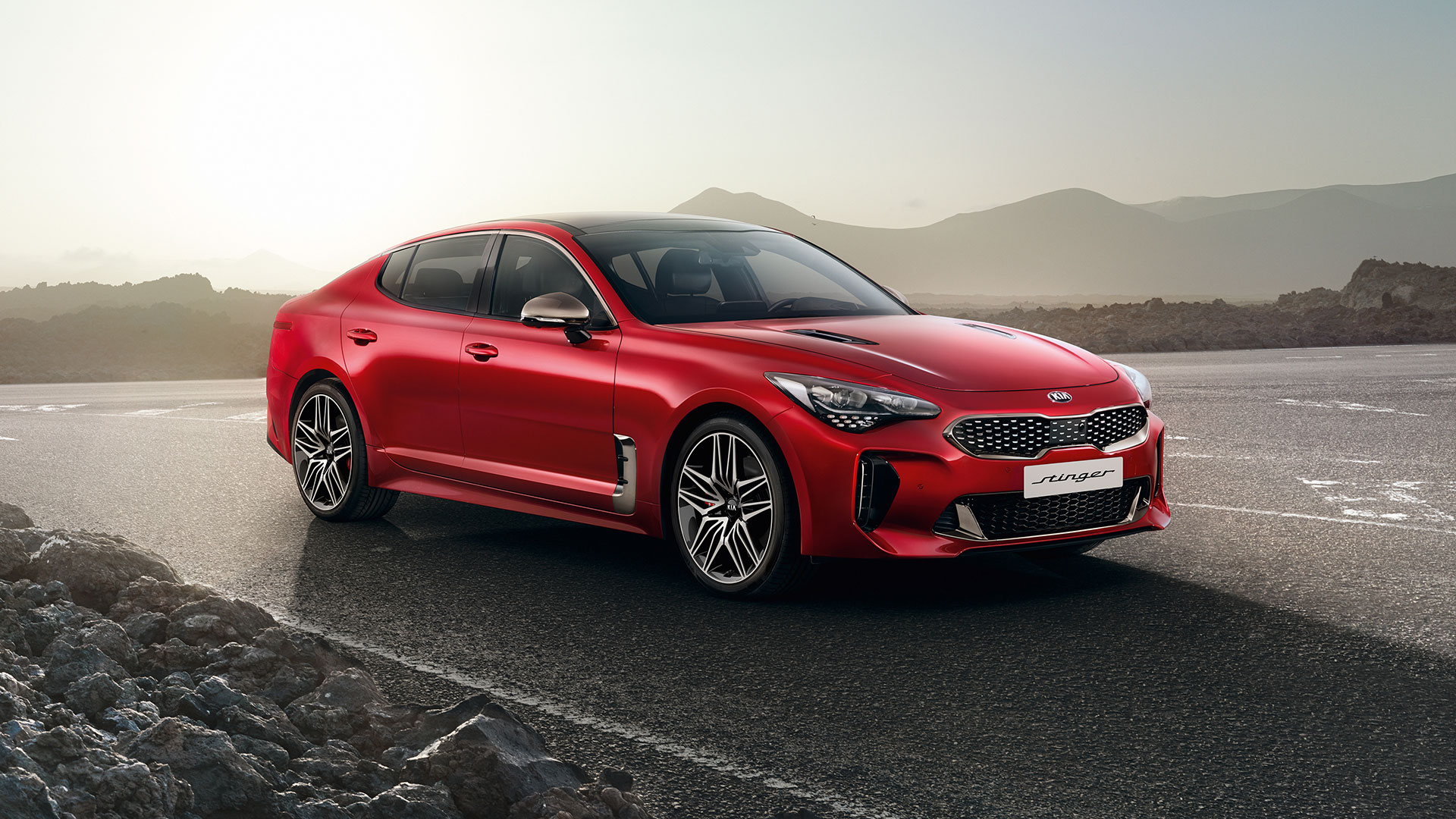
Kia Stinger GT-S
© KiaWe have fond memories of heading to the famous Zig-Zag Hill to pitch the Hyundai i30 N against the Kia Stinger GT-S. Two very different cars, but they were, at the time, the most exciting South Korean cars on the planet. Five years on, the stock of both companies continues to rise, but we’re still not sure which performance car we prefer. If push comes to shove, we’d take the Stinger, not least for its 3.3-litre twin-turbocharged V6 engine.
-
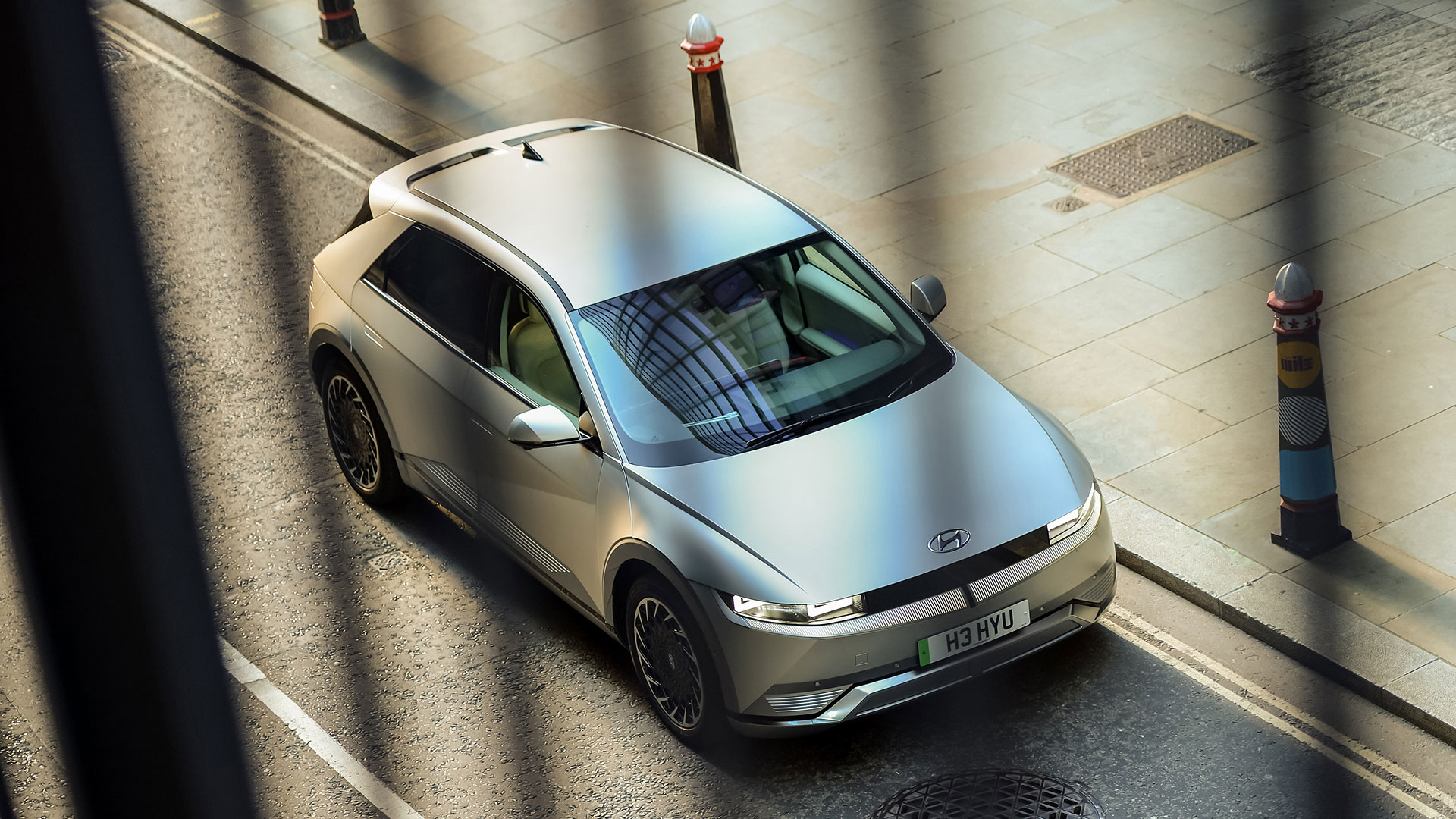
Hyundai Ioniq 5
© HyundaiThree years on from its global reveal, the former World Car of the Year still manages to turn heads. Why can’t all electric cars look as good as the Hyundai Ioniq 5? There’s also substance to go with the style, including an official 315 miles of range from the 77.4kWh version, the ability to charge at 800 volts, a pair of 12.3-inch screens and the Vehicle to Load system, which allows you to use juice from the car’s traction battery to power external devices.
-
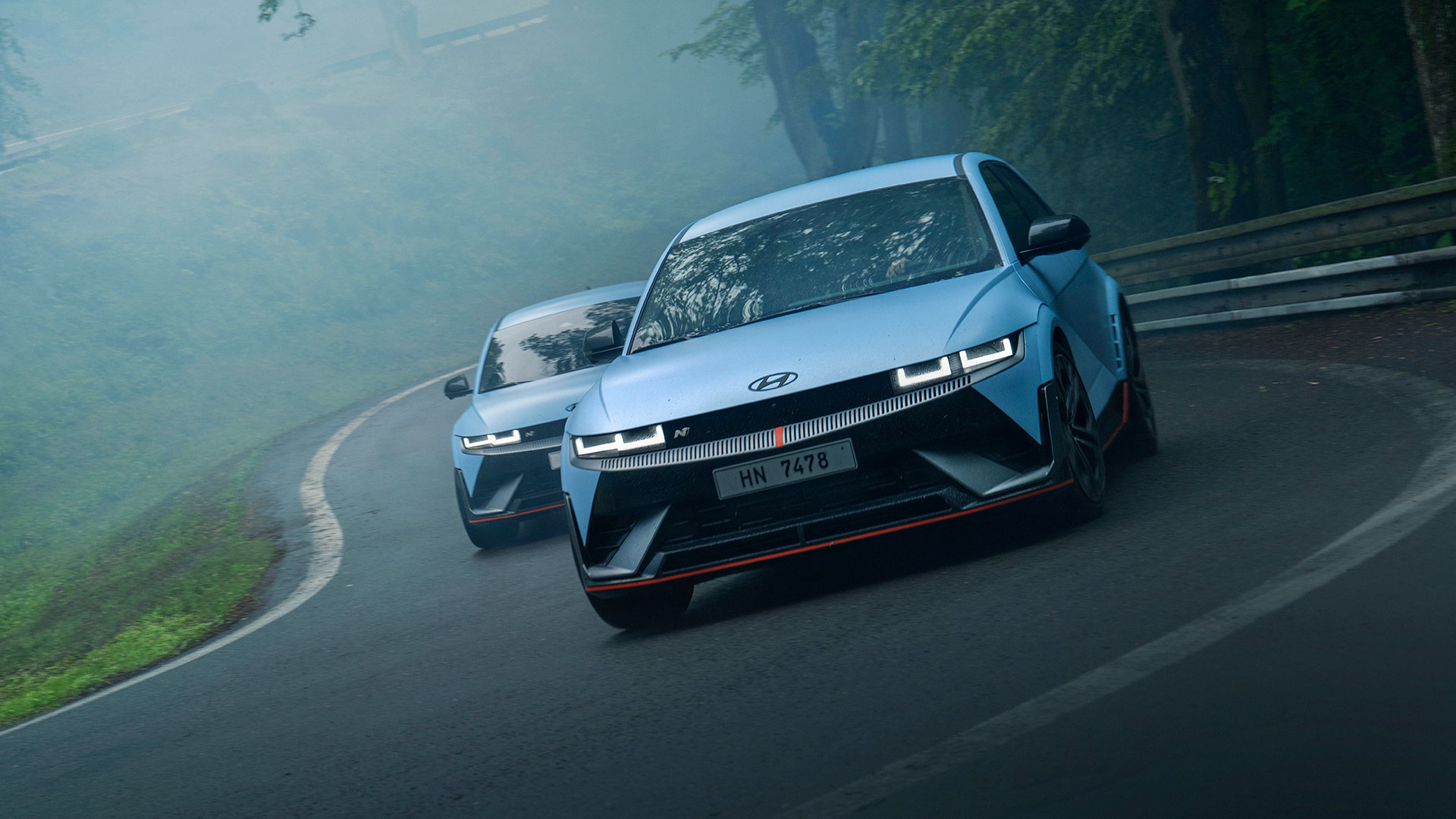
Hyundai Ioniq 5 N
© HyundaiWe have a hunch that the Hyundai Ioniq 5 N could be one of the stars of 2024. It’s the first electric car developed by Hyundai’s N performance division, offering up to 650hp when you press the N Grin Boost button. Yes, really (again). Do this too often and you can expect to put a dent in the likely 280 miles of range, but we suspect you’ll be having too much fun to care. Besides, you can recharge the battery to 80 percent in just 18 minutes.
-
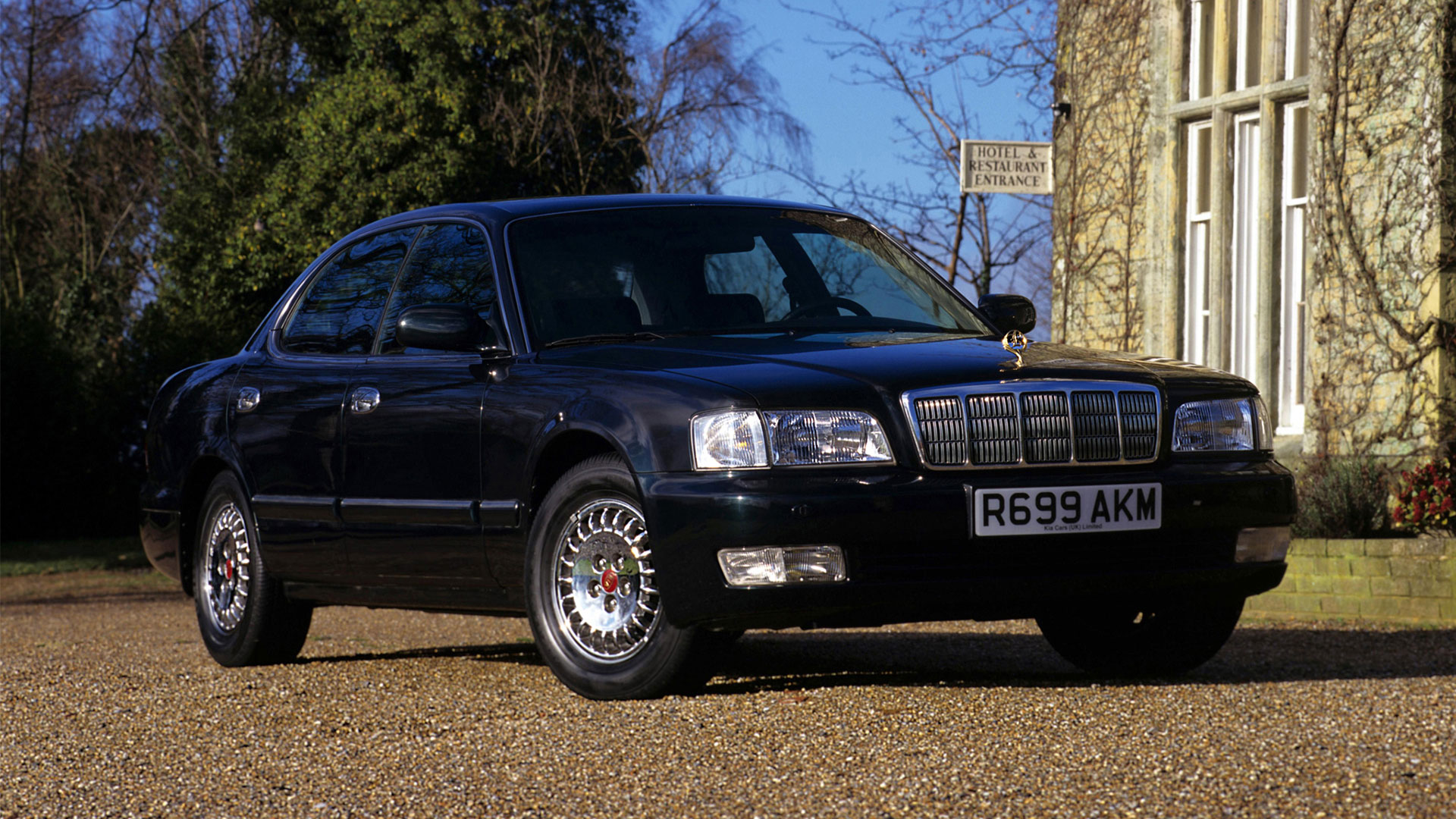
Kia Enterprise
© KiaHere’s a blast from the past. Based on the Mazda Sentia (HE), the Enterprise was Kia’s first attempt at muscling in on the market dominated by Jaguar and Mercedes-Benz, with power sourced from a range of V6 engines. Highlights included more gadgets than a Tandy store, a hole in the passenger seat to allow the captain of industry sitting in the back to stretch their legs, and an oh-so-nineties digital dashboard. We’d love to know what happened to the UK car (pictured).
-
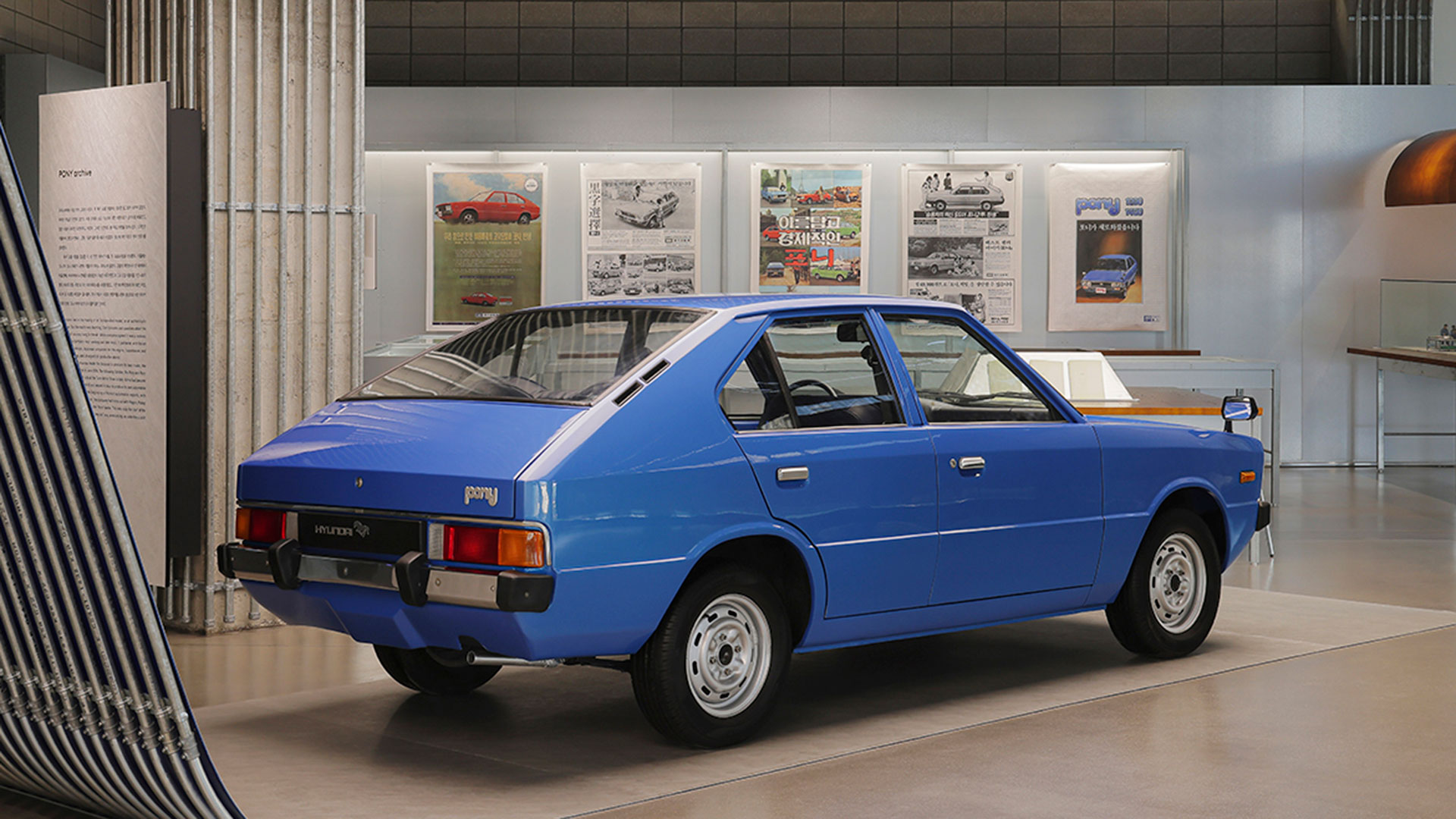
Hyundai Pony
© HyundaiIt might not be the best Hyundai of all time, but the Pony is one of the most significant. The South Korean company brought in Austin-Morris boss George Turnbull as vice president of its motor division, with Giorgetto Giugiaro penning the styling and Mitsubishi providing the engines. Debuting at the 1974 Turin Motor Show, the Pony launched into its domestic market at the end of 1975, although the first cars wouldn’t arrive in the UK until 1981. A lot has changed since then.
-
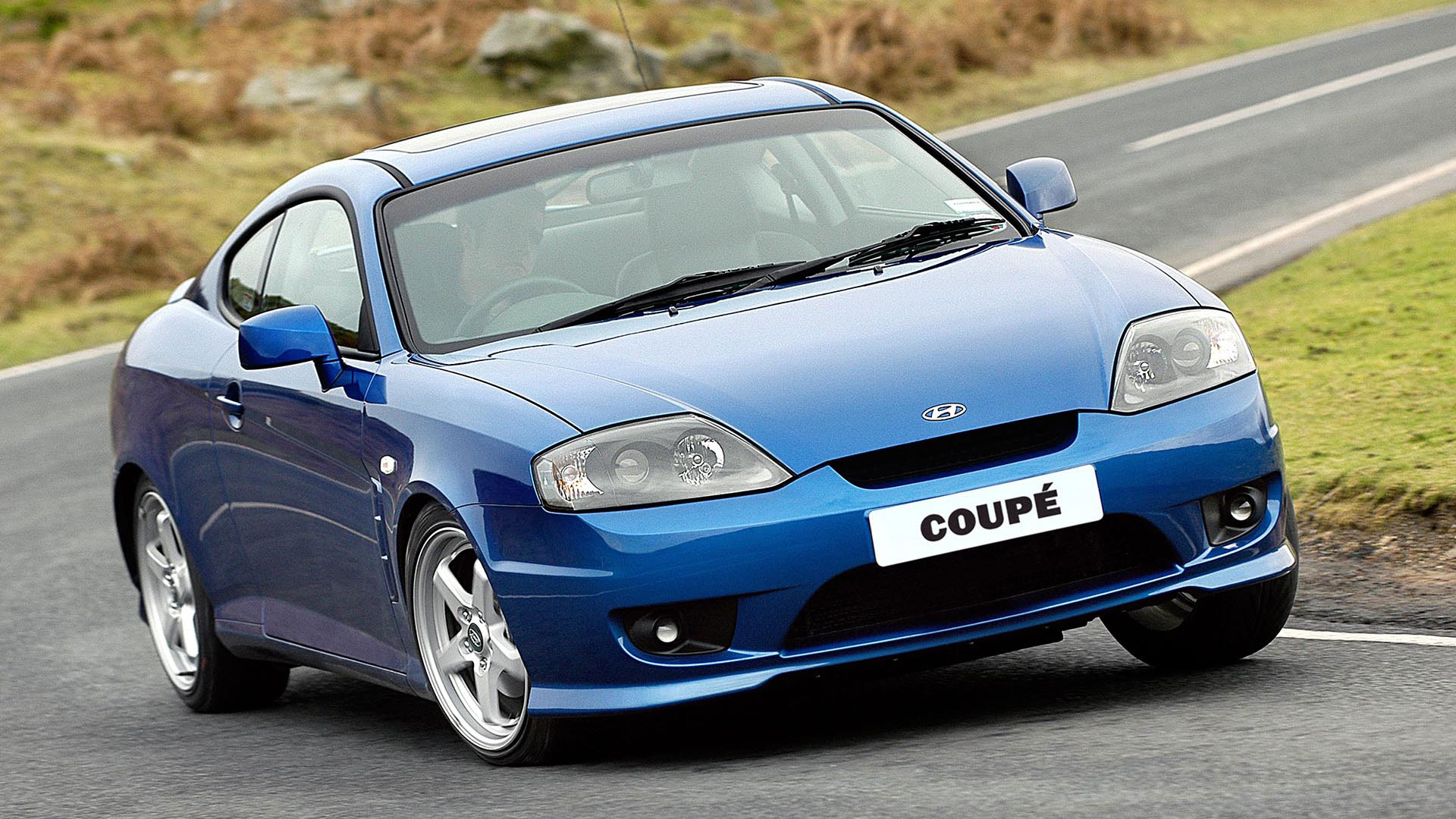
Hyundai Coupe
© HyundaiHyundai laid the foundations with the Excel-based Scoupe, but things moved up a gear when the S was dropped to create the Coupe, known in South Korea as the Triburon. The RD of 1996 was good, although the less said about the facelift the better, but the GK was the best (and prettiest) of the lot. Contemporary road tests likened the styling to the Ferrari 456 GT, and while the 2.7-litre V6 is tempting, the 2.0-litre four-pot is arguably the pick of the bunch.
-
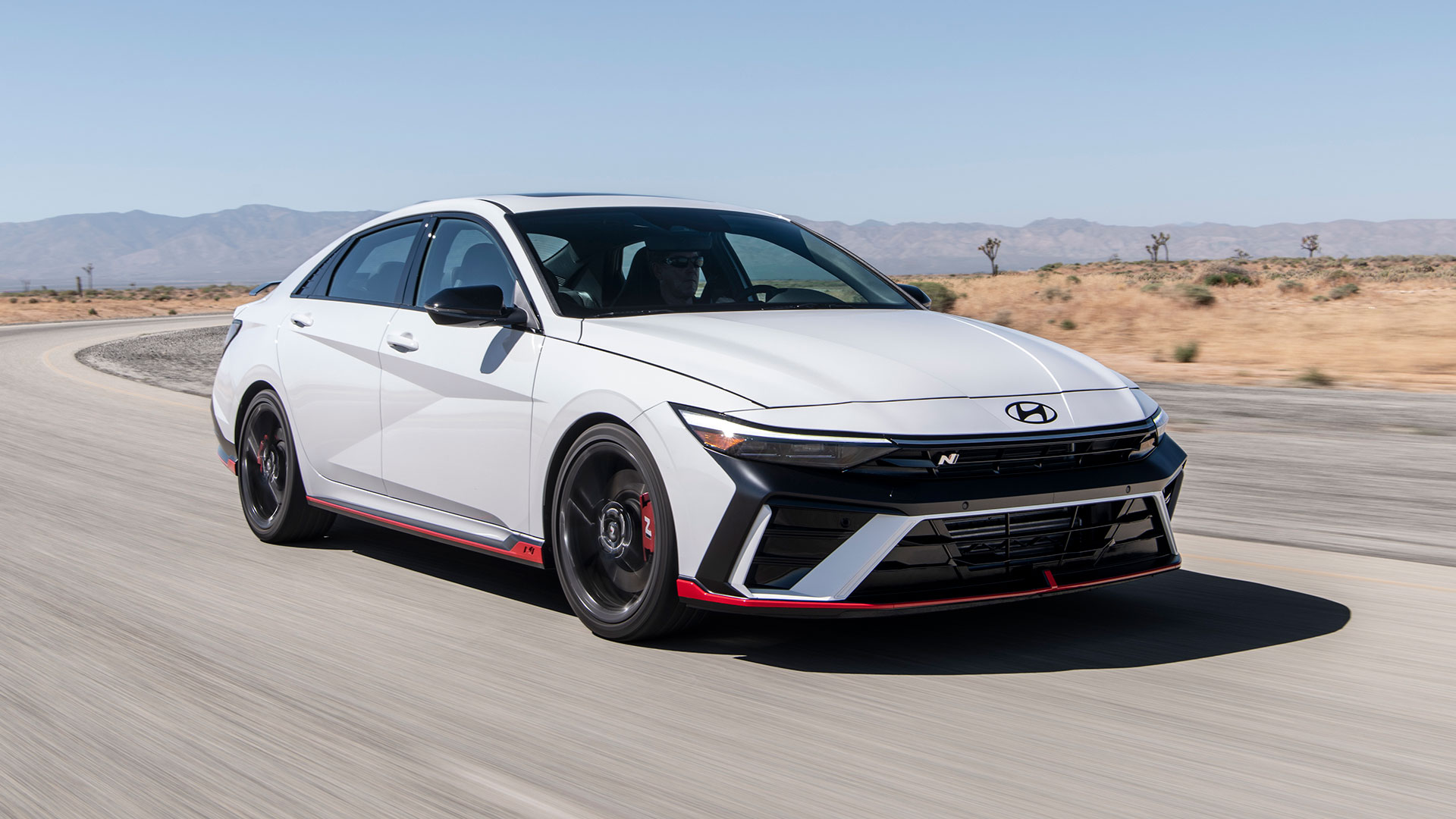
Hyundai Elantra N
© HyundaiThe i20 N and i30 N hot hatches aren’t available in the US, but don’t feel too sorry for the Americans because they have access to the Elantra N. For a bargain $33,000 (£26,000), it comes with a 2.0-litre four-pot turbo producing 276hp and all of the trinkets we’ve come to expect from N cars. Updates rolled out in 2024 will include tweaked suspension, new alloy wheels and more aggressive styling.
-
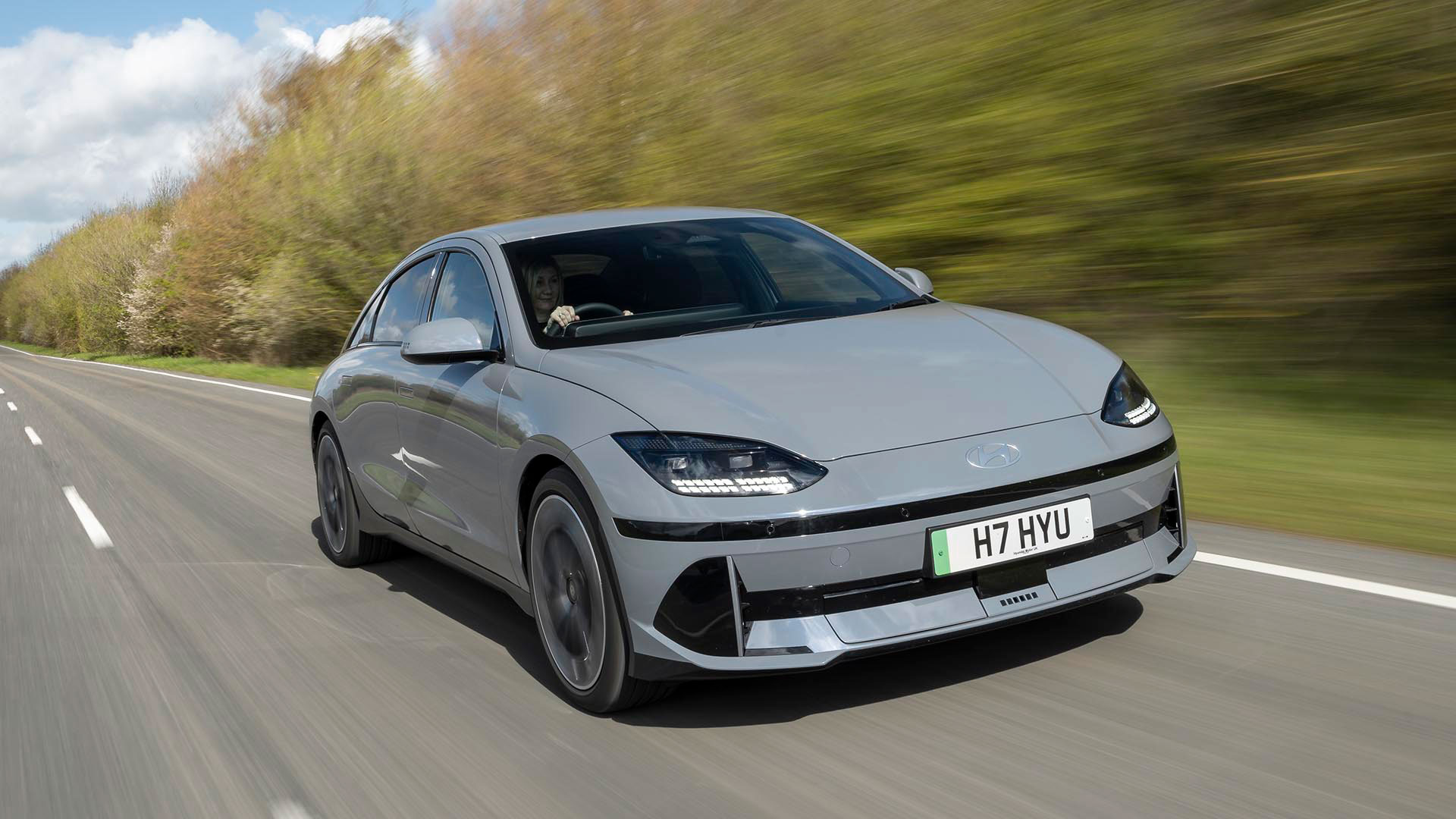
Hyundai Ioniq 6
© HyundaiIn April 2023, the Hyundai Ioniq 6 was named World Car of the Year, World Electric Vehicle and World Car Design of the Year. Proof that Son Heung-min isn’t the only Korean export capable of netting a hat-trick. Hyundai calls it an ‘electrified streamliner’, a nod to aerodynamic cars of the 1930s, but we see elements of the Porsche 911 and Saab 92. Opt for the rear-wheel-drive version and you can expect up to 338 miles of range.
-
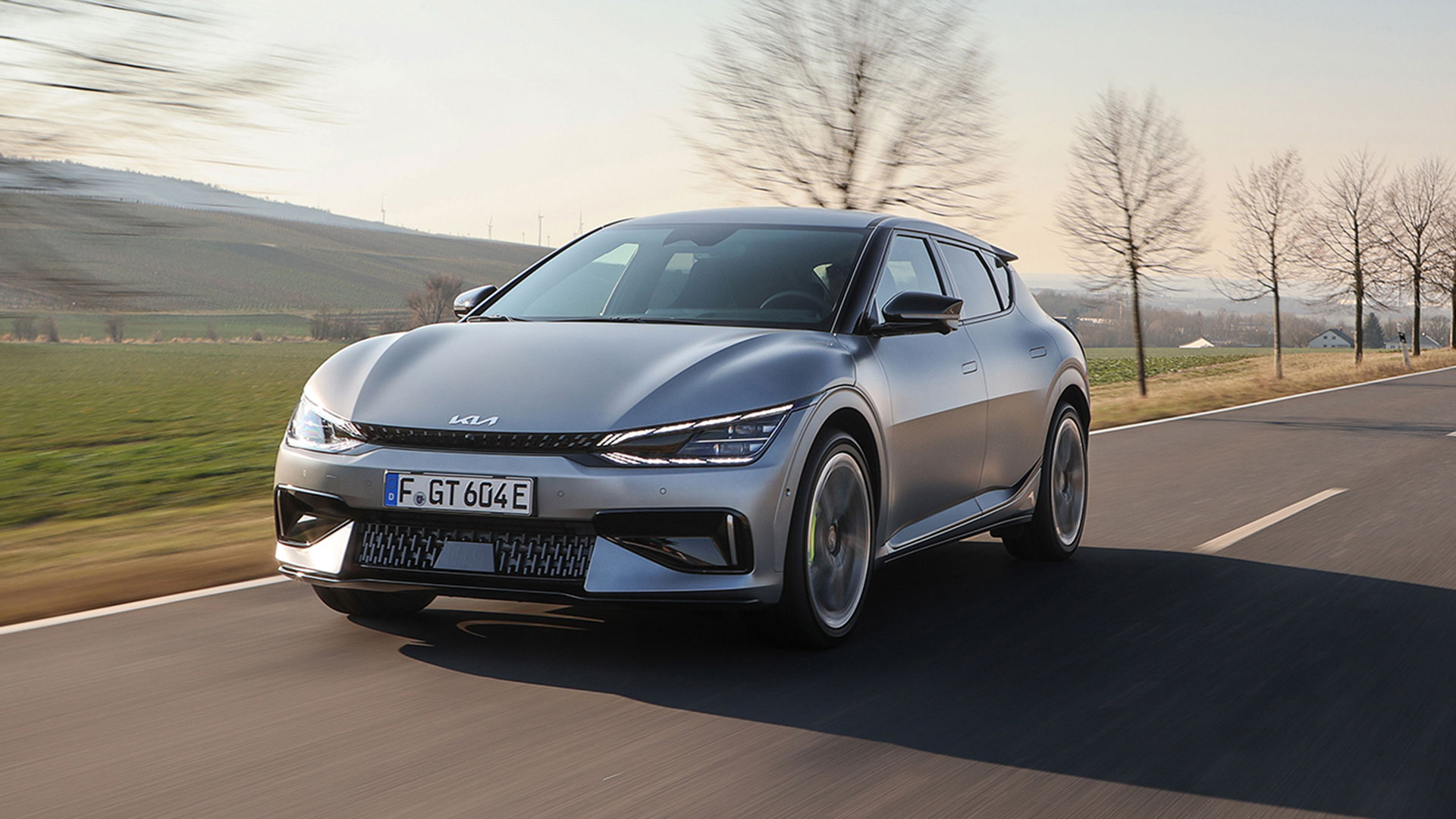
Kia EV6 GT
© KiaThe Kia EV6 is a great car – good enough to win the European Car of the Year award in 2022 – but the GT appeals to our heads and our hearts. In some ways, it’s the successor to the Kia Stinger GT-S, securing a berth as Kia’s current performance flagship. Sure, it’s heavy, but the EV6 GT will sprint to 62mph in an electrifying 3.5 seconds, before hitting a top speed of 162mph. The cost? A cool £63,000. Still want that Kia Pride?
-
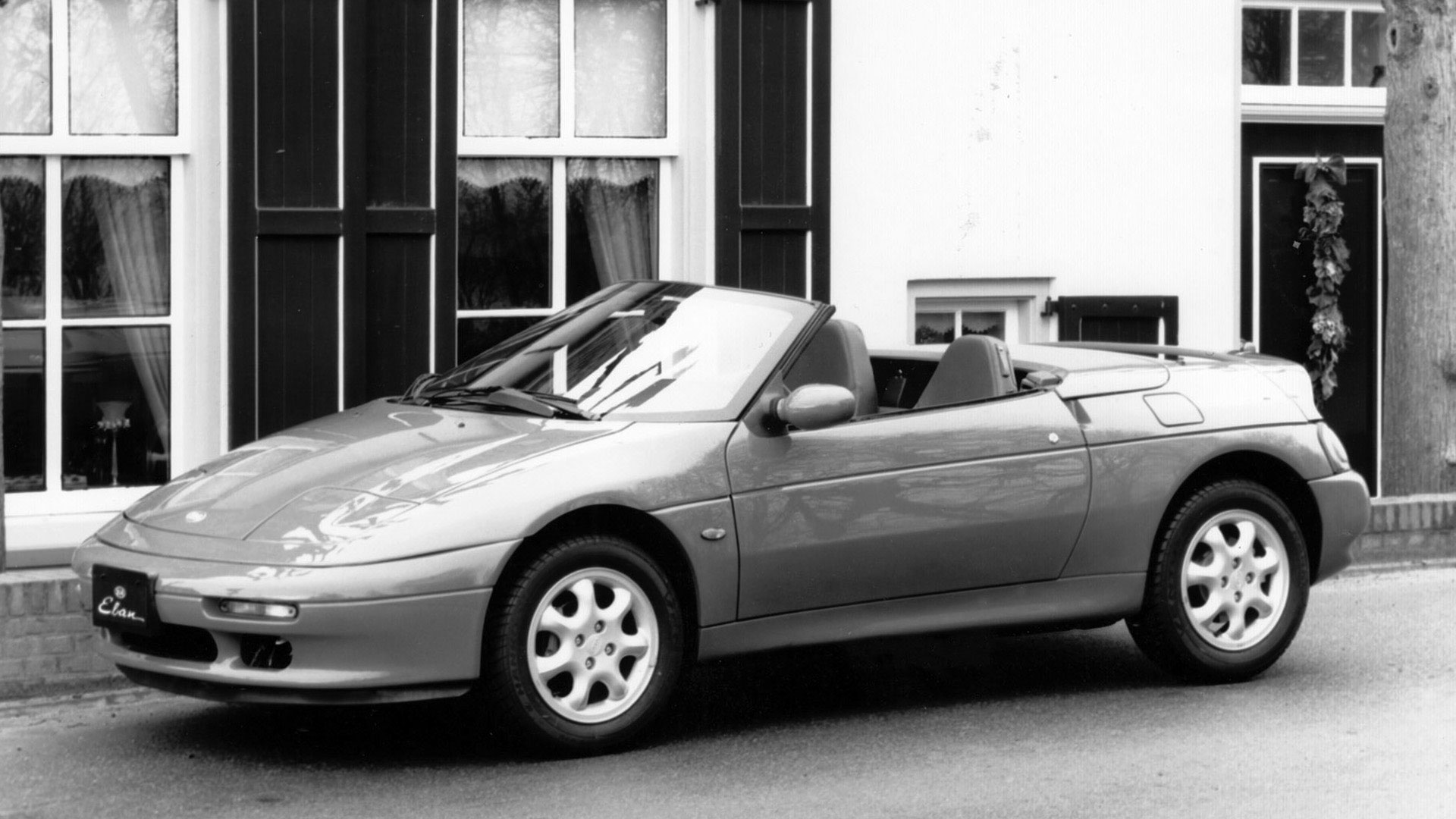
Kia Elan
© KiaIn 2024, the idea of a two-seat Kia wouldn’t raise any eyebrows, but things were very different in 1996 when the Elan was launched. No, not the Lotus version – the M100 bowed out in 1995 – but the version built in South Korea until 1999. It was more than just a rebadged Lotus, with Kia fitting a 1.8-litre twin-cam engine and new rear lights, and making several changes to the interior. Around 1,000 were sold in South Korea and Japan.
-
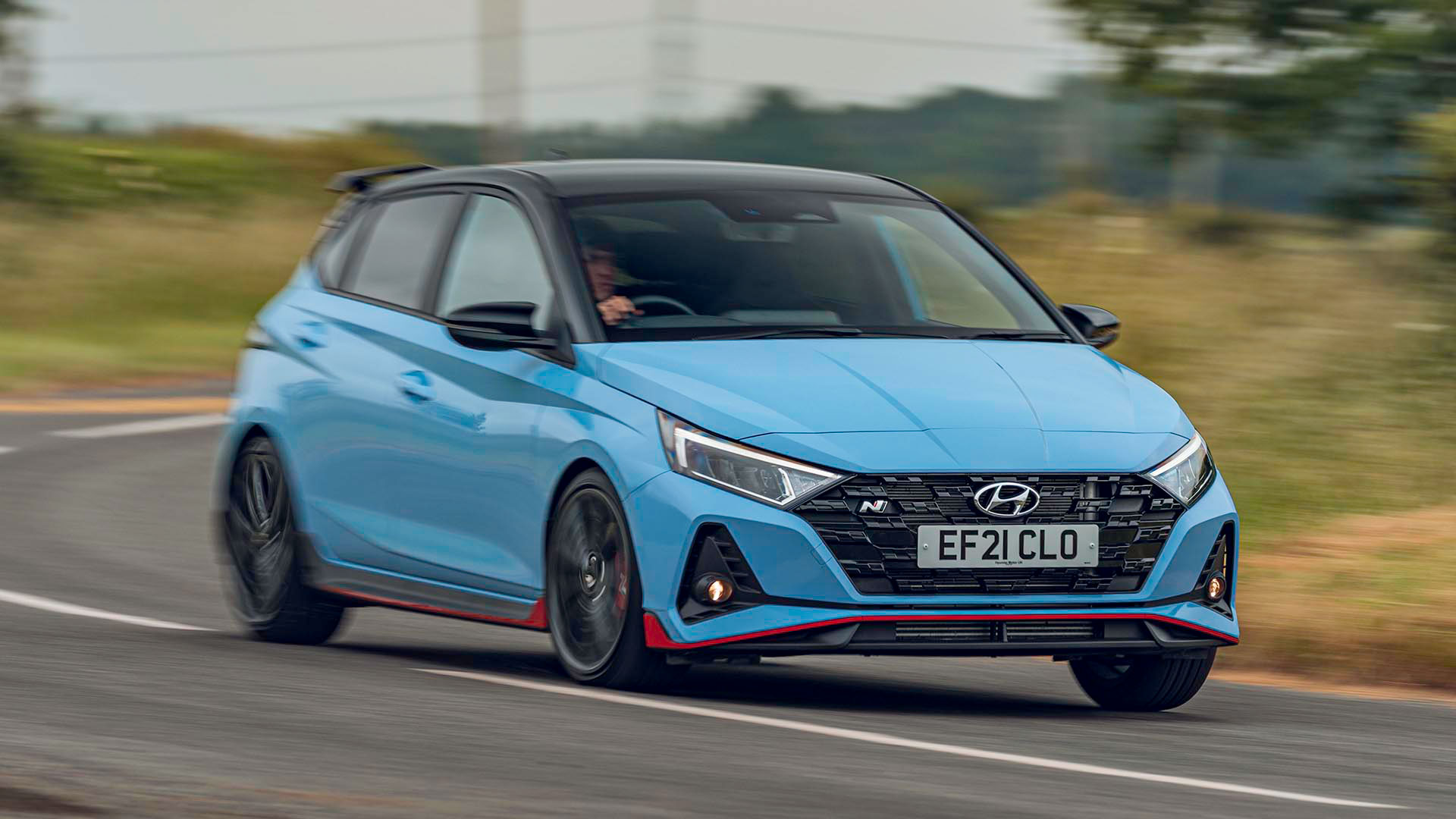
Hyundai i20 N
© HyundaiFor years, the Ford Fiesta ST was to junior hot hatches what the Mazda MX-5 is to affordable roadsters. In other words, nothing could top it. Then along came the Hyundai i20 N, boasting everything we liked about the i30 N in a smaller package. The 204hp four-cylinder engine isn’t as characterful as the Fiesta’s 200hp three-pot, but the i20 N feels like a modern take on the hot hatch recipe. As our Tim Pitt put it: “It’s a close call, but I’m giving the new car the win. Long live the compact hot hatch king.”
-
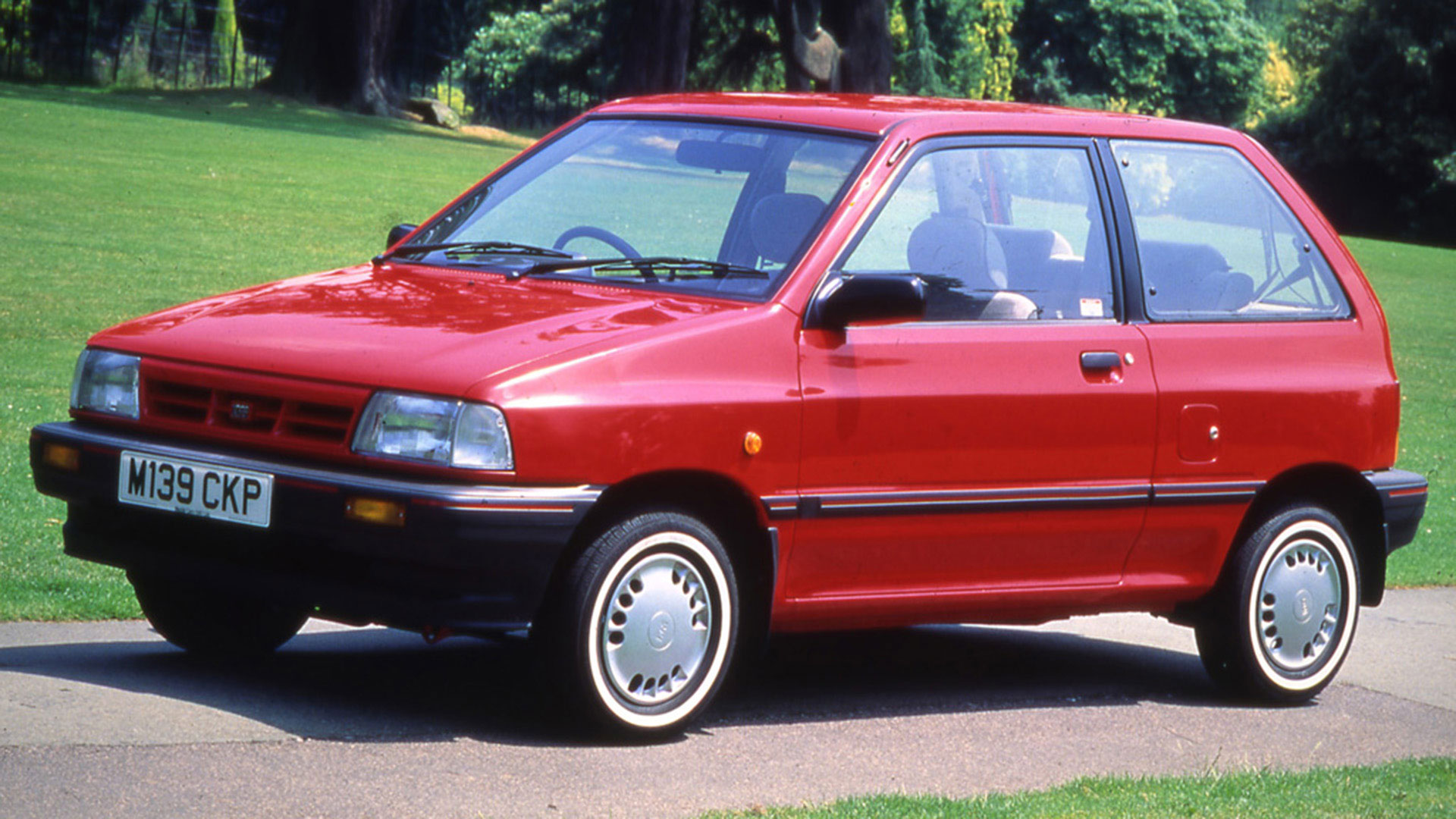
Kia Pride
© KiaIt may have been based on the Mazda 121/Ford Festiva, but the Pride represents the genesis of Kia in the UK. It was both cheap and cheerful, with prices kept low to help Kia secure a foothold in the market, plus whitewall tyres available to add a touch of glamour. The Pride arrived here in 1991, but in the same year Kia started production of its first independently developed passenger car. Known in its domestic market as the Sephia, it launched here in 1994 as the Mentor.
-
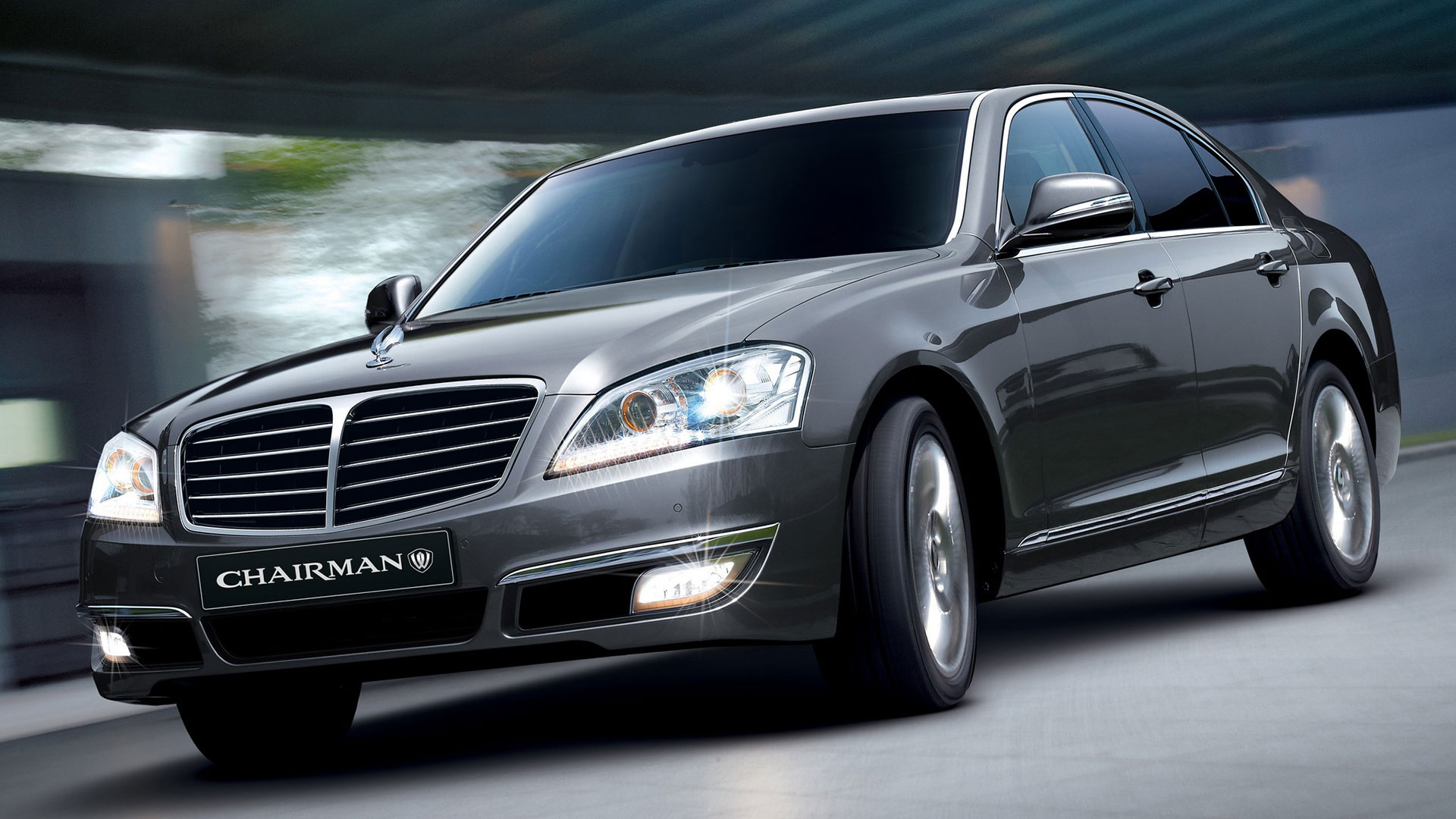
SsangYong Chairman
© SsangYongThe Chairman name dates back to 1997 when the first model arrived using Mercedes-Benz E-Class architecture. Our pick would be the Chairman W, launched in 2008 and available with Mercedes’ 5.0-litre V8 engine and seven-speed automatic transmission. In South Korea, the Chairman was the luxury limo of choice for many industry bigwigs and, er, chairmans, but it never made it to these shores.
-

Hyundai Accent WRC
© HyundaiHyundai unveiled the Accent WRC in 1999, ahead of its debut in the 2000 World Rally Championship. The team achieved its best result in 2002, when it finished fourth, ahead of Skoda and Mitsubishi. Sadly, the team retired from WRC after a disappointing 2003 season, but returned in 2014 with the i20 rally car.
-
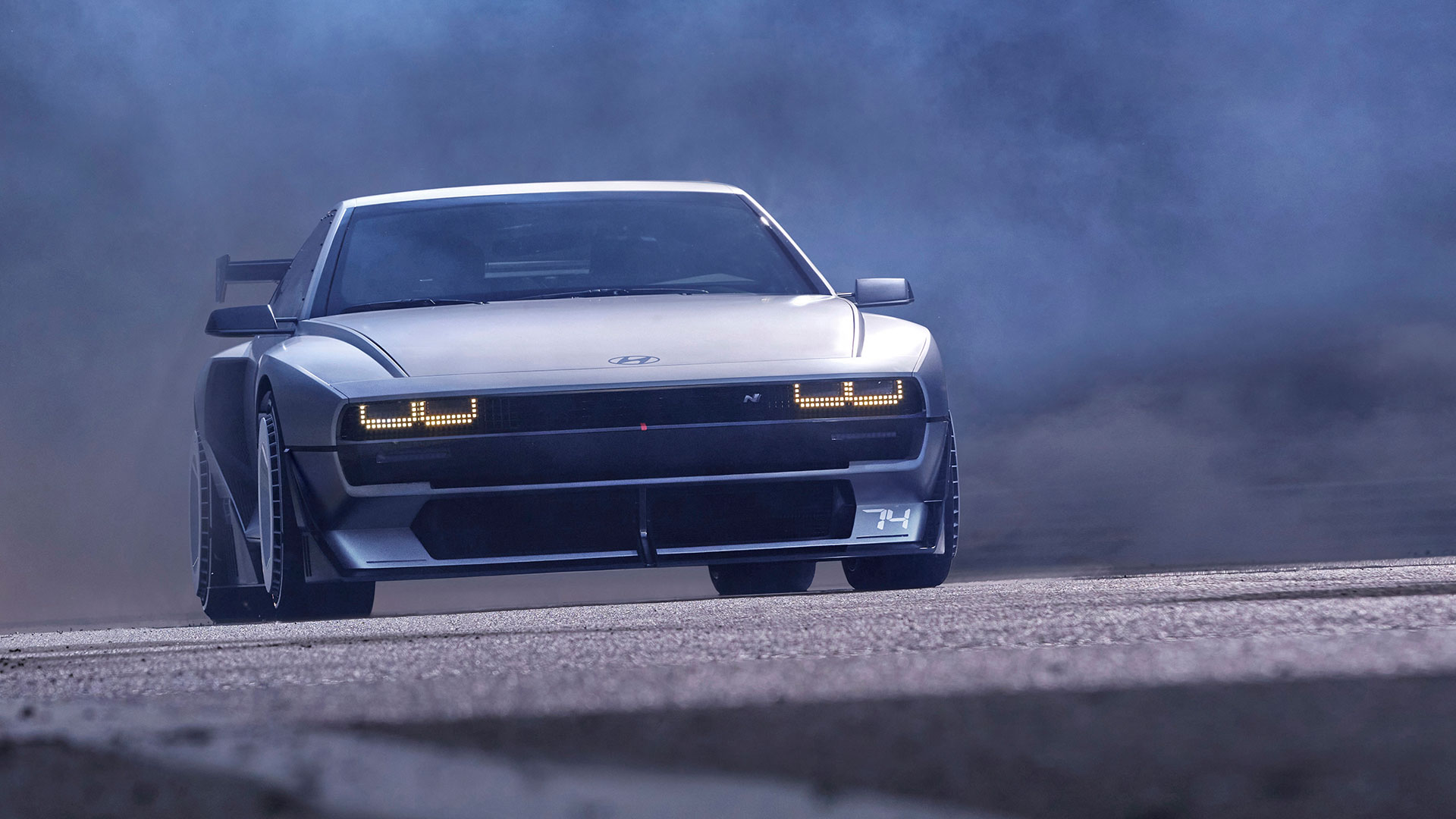
Hyundai N Vision 74
© HyundaiBefore you cry foul over our decision to include a concept car, it’s worth remembering that rumours abound that Hyundai will build the N Vision 74, albeit in limited numbers. With styling inspired by the original Hyundai Pony, the rear-wheel-drive N Vision 74 pairs a hydrogen fuel-cell with electric motors to produce a combined 800hp. Reports suggest Hyundai will build 70 cars for the public and 30 to go racing.
-
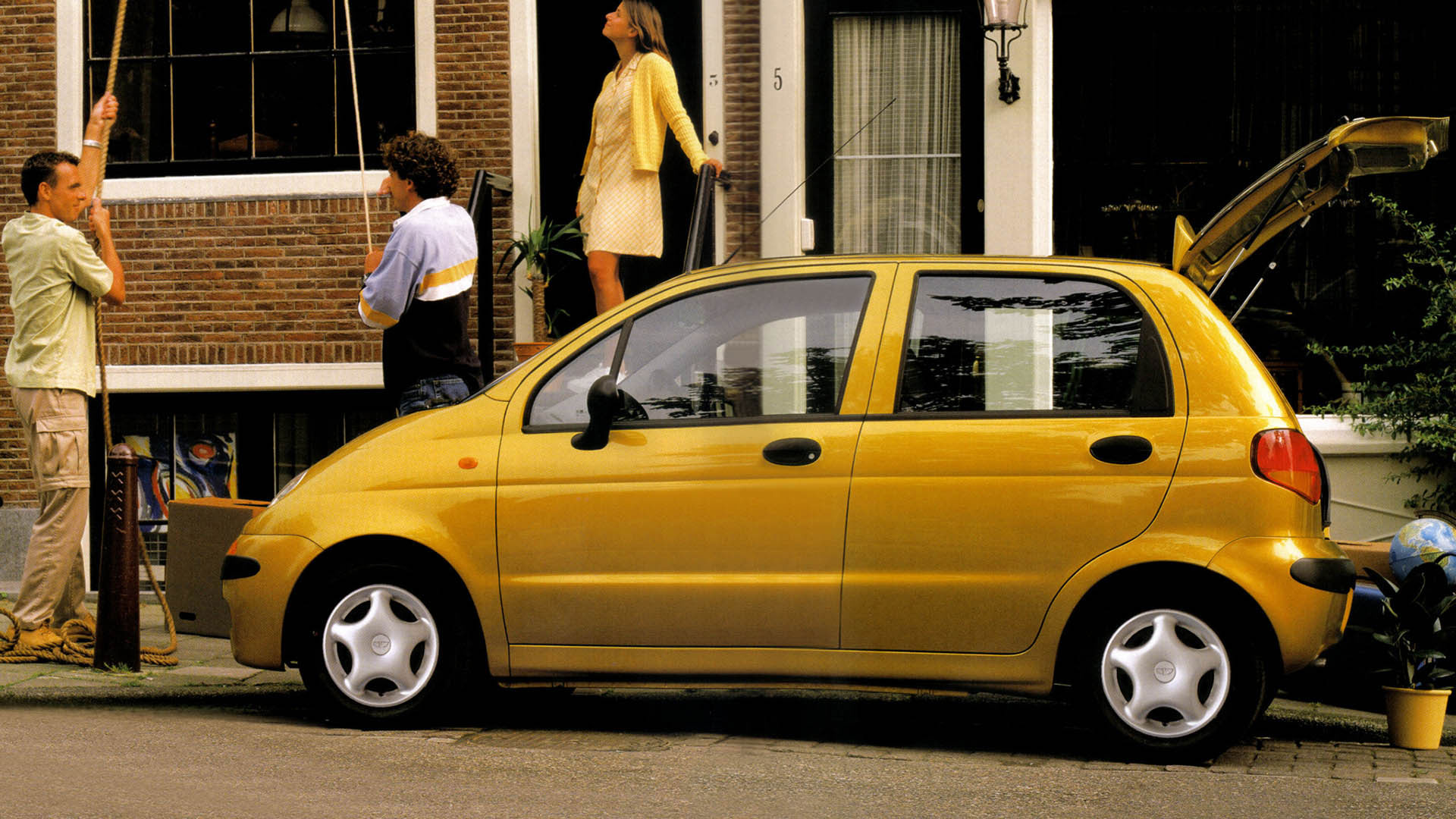
Daewoo Matiz
© DaewooThe Daewoo Matiz began life as the Fiat Lucciola, Giorgetto Giguiaro’s design for a modern-day Fiat 500. With Fiat rejecting the proposal, Daewoo stepped in to create the Matiz, albeit in a diluted form. Which is a shame, as the concept was made out of aluminium and recycled plastics, and featured a range extender setup similar to the BMW i3. This meant an electric motor delivering 30 miles of range and a two-cylinder diesel engine for another 500 miles.
-
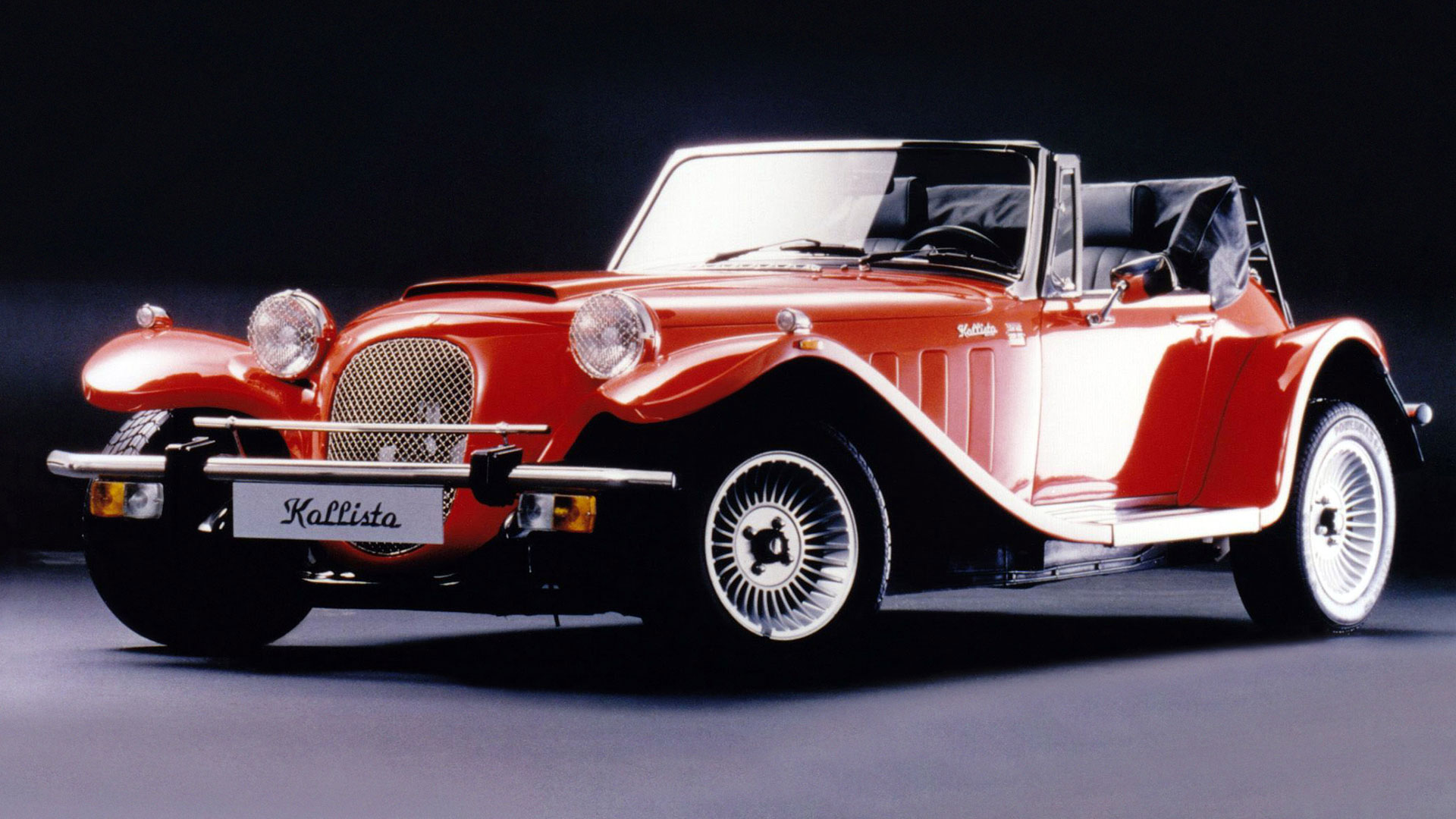
SsangYong Kallista
© SsangYongFrom 1982 until 1990, the Kallista was produced at Panther’s factory in Weybridge. A range of engines were available, including 2.8- and 2.9-litre V6 units sourced from Ford. SsangYong took a majority share of the company in 1987, with production moving to a new facility in Harlow, Essex. Just 78 were built with SsangYong badges, each one powered by a 2.0-litre engine.